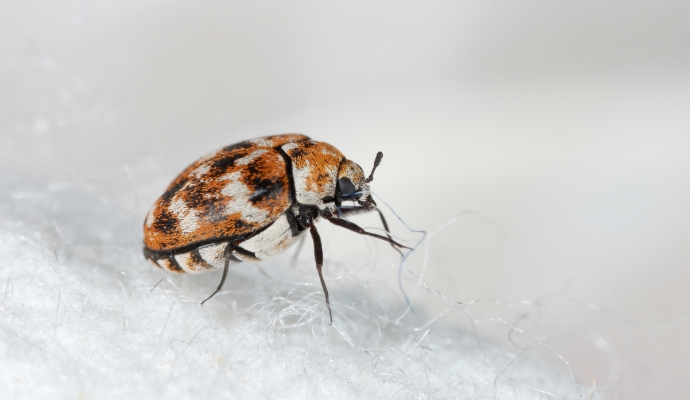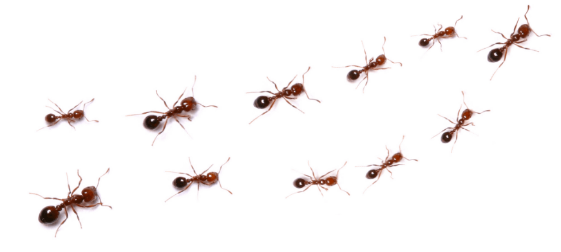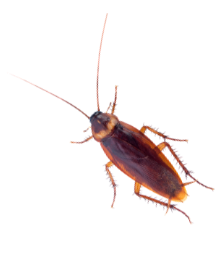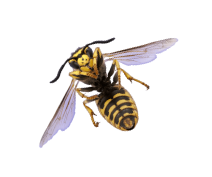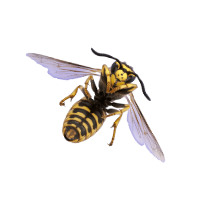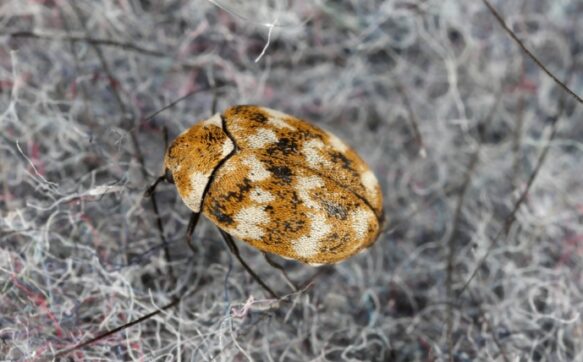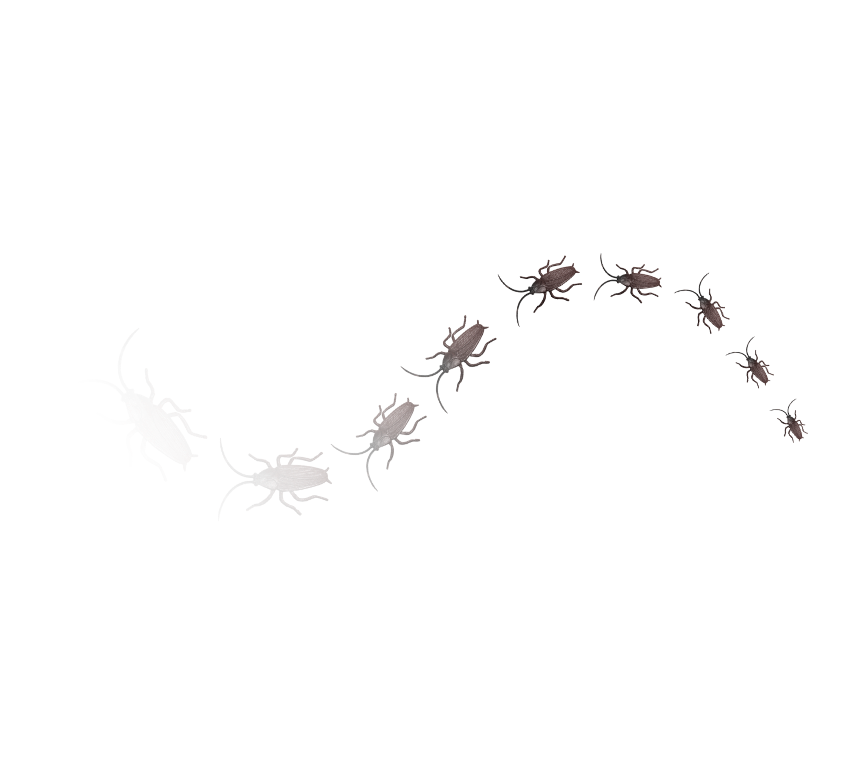
Understanding their behavior, lifecycle, and the effective strategies for their control and prevention is essential for protecting your belongings from their destructive feeding habits.
Carpet beetles undergo a complete metamorphosis, passing through four distinct stages: egg, larva, pupa, and adult. It is the larval stage that is responsible for the damage to fabrics, as the larvae feed voraciously on natural fibers, including wool, silk, fur, and leather. Adults, in contrast, are typically pollen feeders and are often seen near windows or flowers. Carpet beetles are attracted to soiled fabrics and are more likely to infest dirty or seldom-cleaned items.
Signs of a carpet beetle infestation include visible damage to fabrics, such as irregular holes, shed larval skins, and the presence of small, fuzzy larvae. Adult beetles are small, oval-shaped, and can be black or a combination of white, brown, and yellow in color, making them sometimes mistaken for ladybugs.
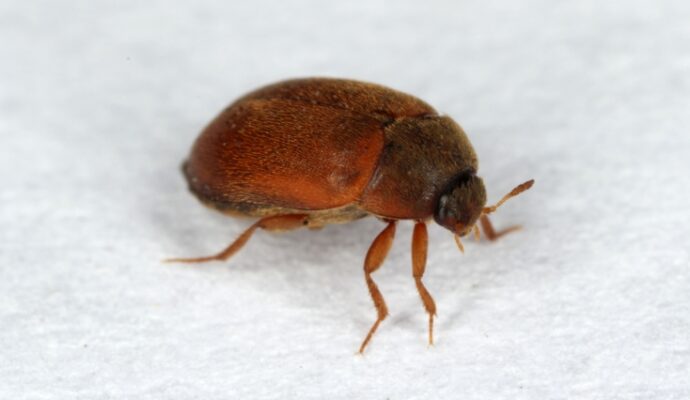
An effective approach to managing carpet beetle infestations involves several IPM strategies that focus on prevention, detection, and control:
Regular Cleaning: Vacuuming and steam cleaning carpets and upholstered furniture regularly can remove eggs and larvae, reducing the population and preventing damage.
Proper Storage: Store natural fiber garments and fabrics in airtight containers or bags, especially if they are seasonal items that will not be used for extended periods.
Laundry and Dry Cleaning: Wash or dry clean clothing and bedding regularly, especially after long periods of storage, to kill any eggs or larvae.
Monitor and Detect: Use pheromone traps to monitor for the presence of adult carpet beetles and identify infestation sites early.

In cases of severe infestation, a combination of chemical and non-chemical treatments may be necessary:
Insecticides: Targeted use of insecticides in infested areas can help eliminate larvae and adults. It’s crucial to choose products that are safe for use on textiles and to follow label instructions carefully.
Freezing or Heating: Small items can be treated by placing them in a freezer at 0°F (-18°C) for at least 72 hours or by heating them in an oven at temperatures above 120°F (49°C) for several hours to kill all life stages of the beetles.
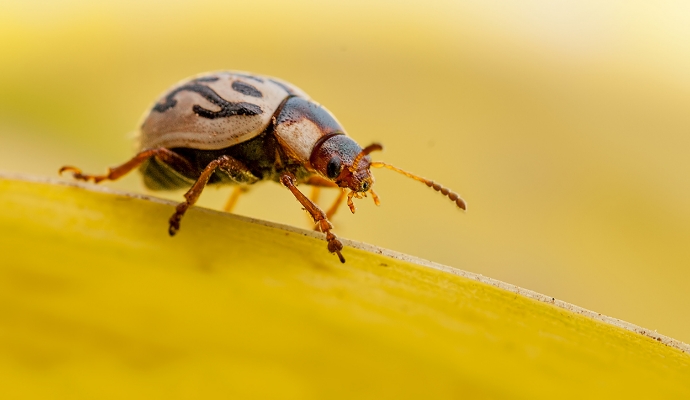
For widespread or persistent carpet beetle infestations, professional pest control services may be necessary. These experts can provide thorough inspections, identify infestation sources, and implement effective treatment plans tailored to the specific needs of your home.
The best defense against carpet beetles is prevention. Regular cleaning, proper storage of natural fibers, and immediate attention to any signs of infestation can help maintain a beetle-free home. Educating yourself and others about the risks and signs of carpet beetle damage can also play a critical role in early detection and prevention.
Carpet beetles, though small, can cause significant damage if left unchecked. By employing a comprehensive IPM approach and being proactive about prevention and early detection, homeowners can protect their valuable textiles from these silent fabric destroyers.
